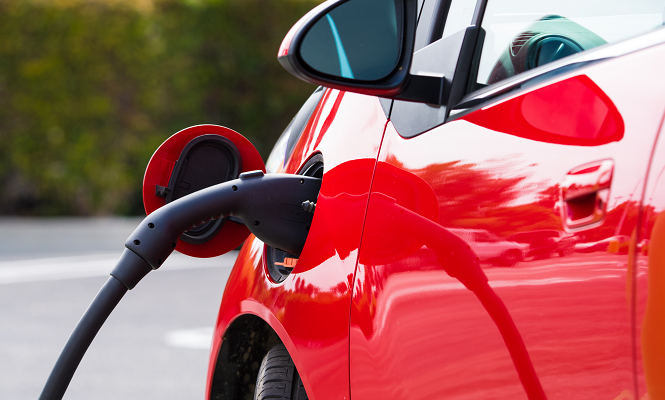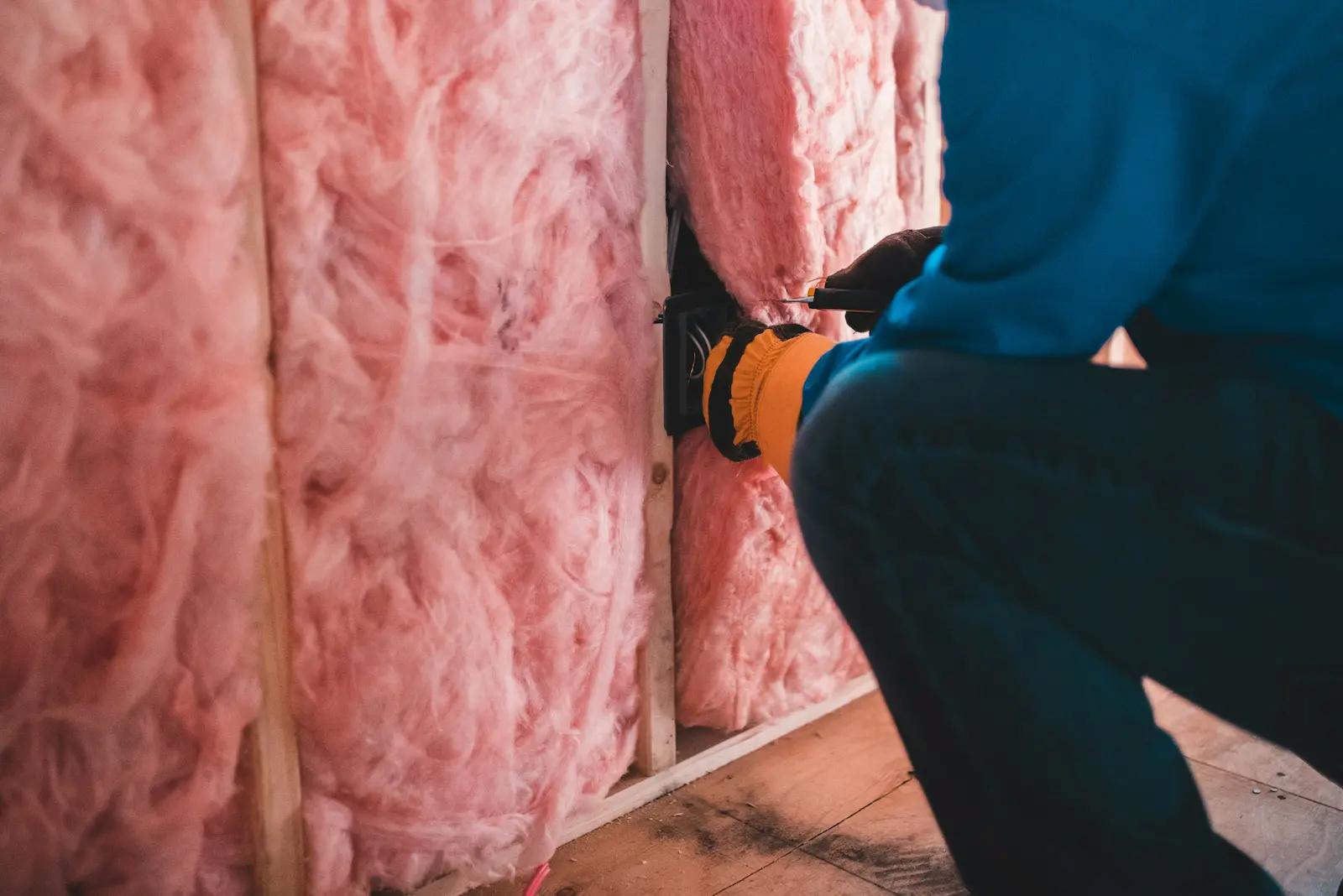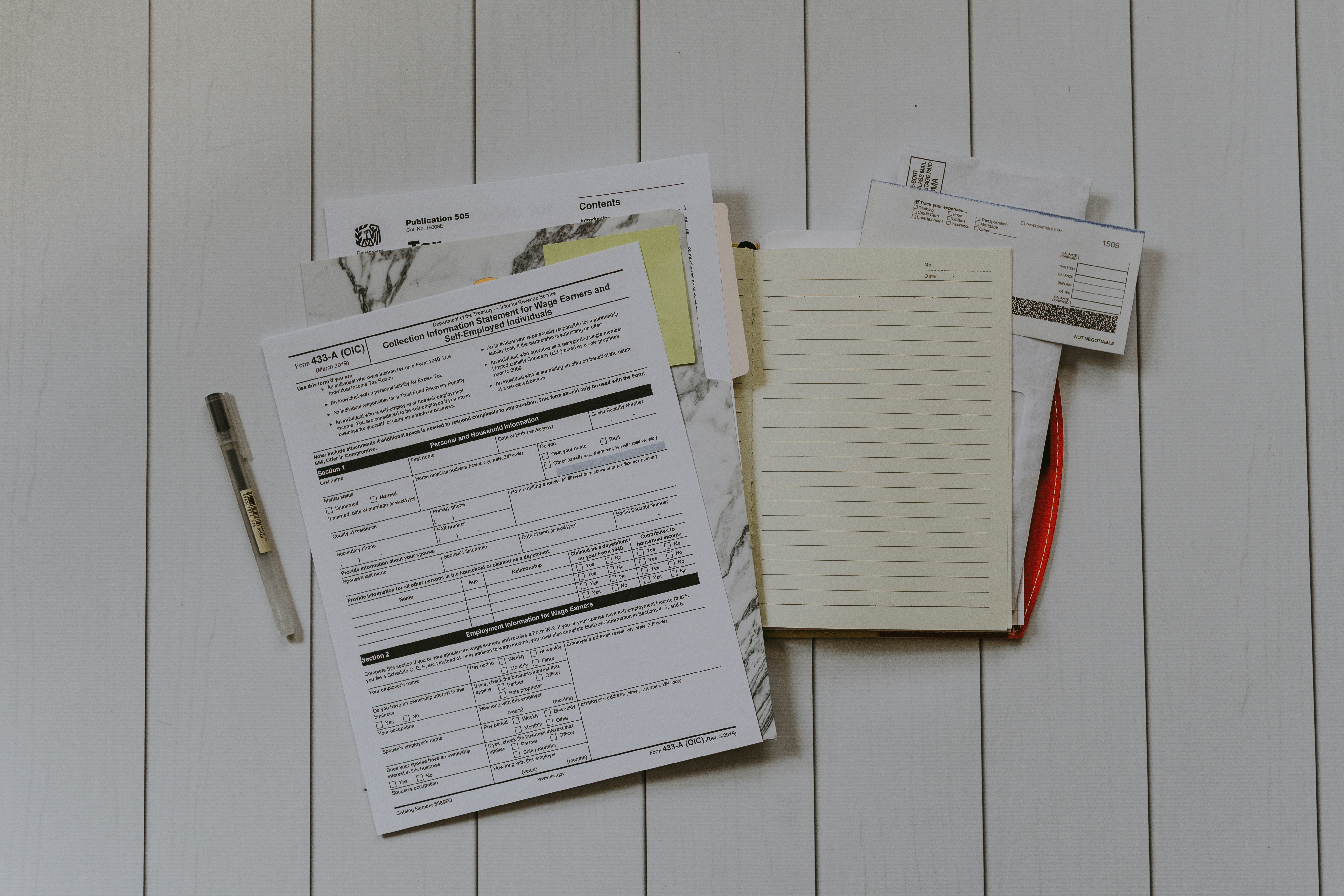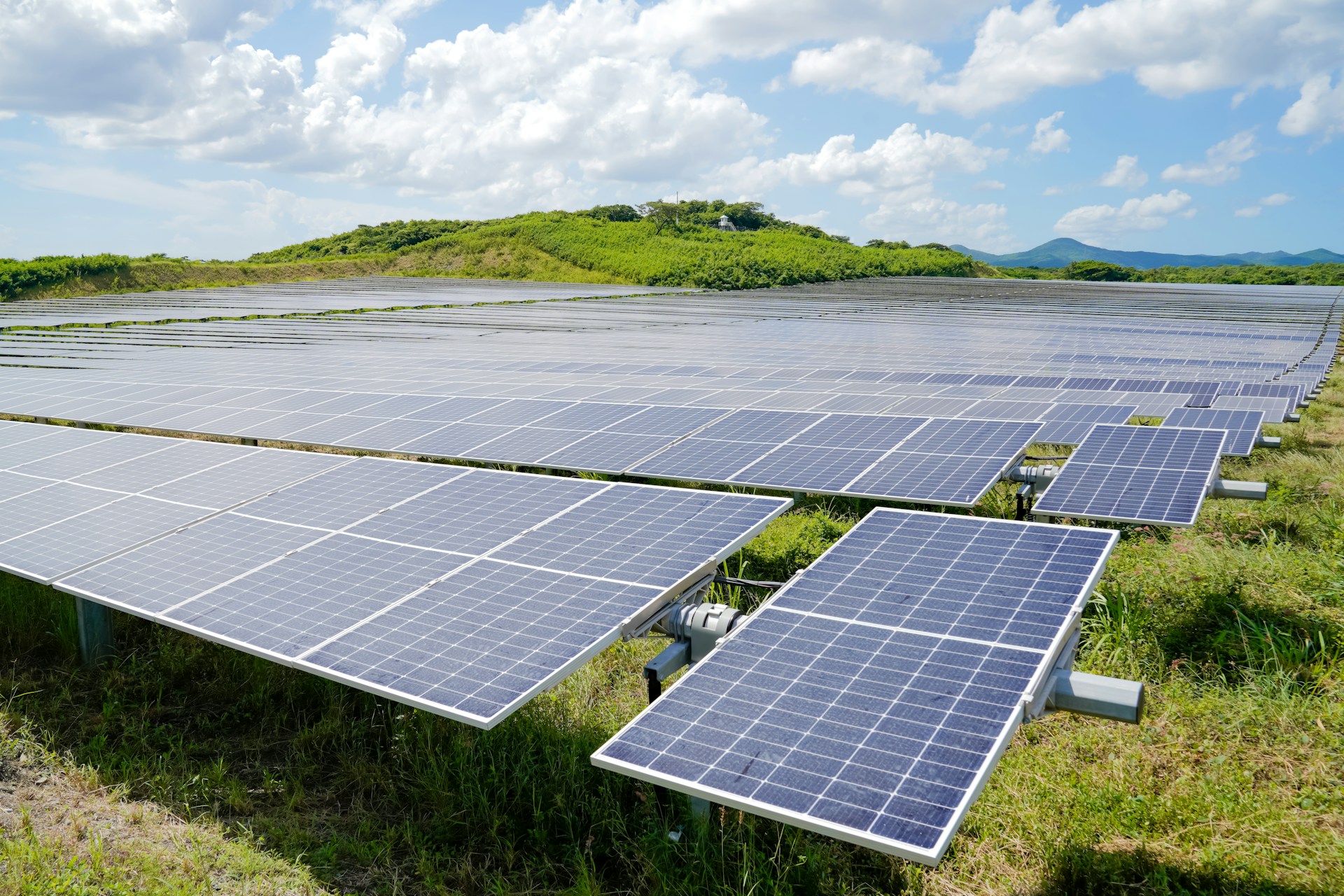New California Laws Set an Example for Making Electric Vehicles More Accessible
Let's Save Energy
Alliance to Save Energy's Blog

Last month, California Governor Jerry Brown signed a group of bills that will boost California’s electric vehicle (EV) market. Three of the bills focus on measures that seek to include low-income Californians into what is now a prohibitively expensive market.
Governor Brown previously set a goal of having 1.5 million zero-emission vehicles (ZEVs) on Golden State roads by 2025 and five million by 2030. But with about four in ten Californians living in or near poverty, this goal will be hard to achieve with the current market conditions. The new laws will help.
New electric vehicles are still more expensive to buy initially, but they are far cheaper to operate than conventional vehicles. The Department of Energy estimates that it costs less than half as much to charge an EV than it does to fuel a similar gasoline vehicle to drive the same distance. Moreover, because EVs have fewer moving parts, no exhaust system, and less abrasive braking pads, they typically have lower maintenance costs than their gas-powered counterparts. All this was corroborated by a recent study that found that the cost to operate an EV is $485 per year, compared to $1,117 for a conventional vehicle.
The California laws help make electric vehicles and their low operating costs more accessible to low-income residents, defined as those whose household income is less than or equal to 300 percent of the federal poverty level. Here’s what they do:
- Assembly Bill 193 will establish the Zero-Emission Assurance Project, which will authorize rebates for replacement batteries and fuel cells for owners of secondhand EVs. This acknowledges and encourages the growth of the burgeoning secondhand EV market.
- Assembly Bill 2885 will require state regulators to give priority to low-income Californians when distributing first-come first-served rebates for EV purchases until 2022. The state board will also be required to publicize the rebates in low-income communities.
- Senate Bill 957, known as the ZEV Equity Act, will allow low-income Californians to obtain carpool lane stickers for secondhand EVs. Under the current HOV sticker program, only new ZEVs are eligible to receive HOV stickers. Lawmakers hope that the extended eligibility requirements will help promote EVs in low income communities.
If more states adopt laws like those passed in California, the notion that EVs are a luxury item may become absurd faster than anyone thought.
RECENT BLOG POSTS
STAY EMPOWERED
Help the Alliance advocate for policies to use energy more efficiently – supporting job creation, reduced emissions, and lower costs. Contact your member of Congress.
Energy efficiency is smart, nonpartisan, and practical. So are we. Our strength comes from an unparalleled group of Alliance Associates working collaboratively under the Alliance umbrella to pave the way for energy efficiency gains.
The power of efficiency is in your hands. Supporting the Alliance means supporting a vision for using energy more productively to achieve economic growth, a cleaner environment, and greater energy security, affordability, and reliability.



